Are we really sure that mistrusting the Bag in Box has anything to do with the quality of wine? What if it is instead a social and cultural heritage that is currently clashing with ecological sensibilities and modern consumption?
For both still and young wines, according to research by the Unione Italiana Vini, Bag in Box will represent a market worth 1.9 billion dollars in 2024, gaining increasing weight on supermarket shelves as well as in wineries and wine shops.
Back in 2009, Vinchio Vaglio decided to take up the challenge, as we were among the first to do so and thus we continue to believe ‘the container does not make the content’.
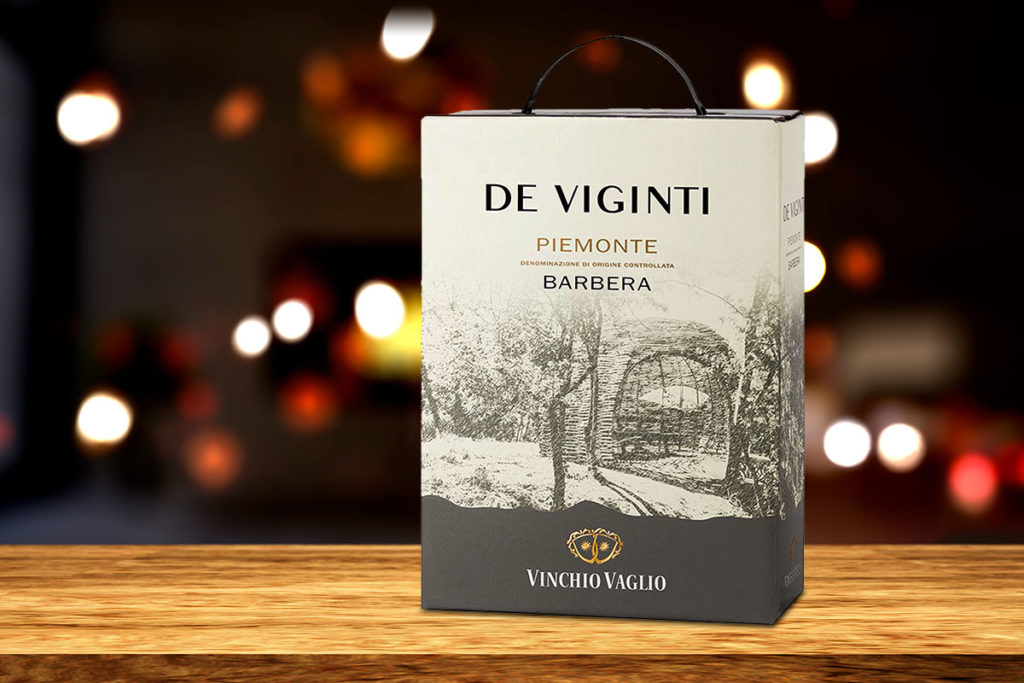
Identikit of the Bag in Box
This is not really a novelty: the Bag in Box was patented in the 1950s in the United States, while its diffusion began in 1965 in Australia with the ‘Wine Box’; its use, however, is much more recent, especially in Italy, where the tradition going back to the glass bottle has always been deeply rooted.
How does it work? Bag in Box literally implies a food container made of resistant and deformable material that is placed inside a rigid cardboard box. The bag is connected to a non-return valve, a tap, which draws out the wine. Nothing to do with ‘cardboard wines’ or ‘wines in cartons’!
The most commonly used Bag in Box comes in 3 or 5 litre versions, while the larger ones (from 10 or 20 litre) are designed for catering.
A word of advice: if you buy a Bag in Box online, always buy in multiples of 4.
Shipping will be easier and the contents safer.

The 2 strength points of the Bag in Box
Preservation of quality
The bag is filled without taking in any air, and the emptying, which is done by atmospheric pressure, also compresses it on itself, without this resulting in the formation of air bubbles inside. It is this lack of air exchange that allows the Bag in Box to store wine optimally.
The wine thus retains its organoleptic properties for a long time: 6 to 12 months of conservation for the packaged product and up to 5 weeks for the open BiB.
In addition, the bag is made of a food-grade polymer plastic material that protects the wine from light, air, and temperature fluctuations.
The first glass of Barbera will always be as good as the last!
Packaging sustainability
In recent years there has been much talk about the distinction between light and heavy bottles, but the BiB is the most sustainable packaging option of all. The square shape of Bag in Box wine makes it easy to stack the boxes with less weight in relation to the volume of the wine, thus allowing efficient logistics, easier storage and a lower transport cost per litre.
To give an example: for one truck transporting 5-litre BiBs (which are delivered flat), one has to consider 7 trucks transporting the same quantity of wine in 75 cl bottles.
The carbon footprint of BiB is significantly reduced, we are talking about 8 times less carbon emissions than with glass bottles, and all components can be recycled: the outer packaging in the paper bin, while the inner bag and the tap can be disposed of in the plastic bin.
And finally, the Bag in Box prevents food waste because it maximises the shelf life of the wine right down to the last sip.
We have always been sesitive to the issue of sustainability in our business decisions and, with these arguments, we could not fail to welcome this packaging enthusiastically.

The winning choice for everyday wine
For these reasons, the Bag in Box is a very valid alternative for everyday wine consumption. Even the restaurant industry is increasingly pushing this format for ‘house wines’. The tap makes it possible to have wine that is always ready for use, whether for daily or occasional consumption.
Essentially, the BiB is:
- Sustainable
- Convenient and practical
- Cheaper
- Practical and handy
- Fun
- Anti-corked
- Of quality, not a ‘second choice’, but rather a different format for young and still wines. Did you know that over 90% of our Bag in Boz wines are DOC?
Vinchio Vaglio’s Bag in Box
Vinchio Vaglio started packaging wines in the BiB format back in 2009, in light of the company’s 50th anniversary. A way of celebrating the tradition of winemaking, respecting the territory and dedicating the same passion we reserve for more prestigious wines.
A modern choice, as well as a gamble that follows today’s customers who drink in moderation, do not own wine storage cellars and look at sustainability for their choices.
The Bag in Box image should not be an excuse to debase the product, but rather an ally to protect the only thing that matters: the quality of the wine.
And finally, as always, our very personal touch: the wooden, reusable packaging is a great way to keep a BiB elegantly on display as a piece of decor for your kitchen, pantry or cellar!
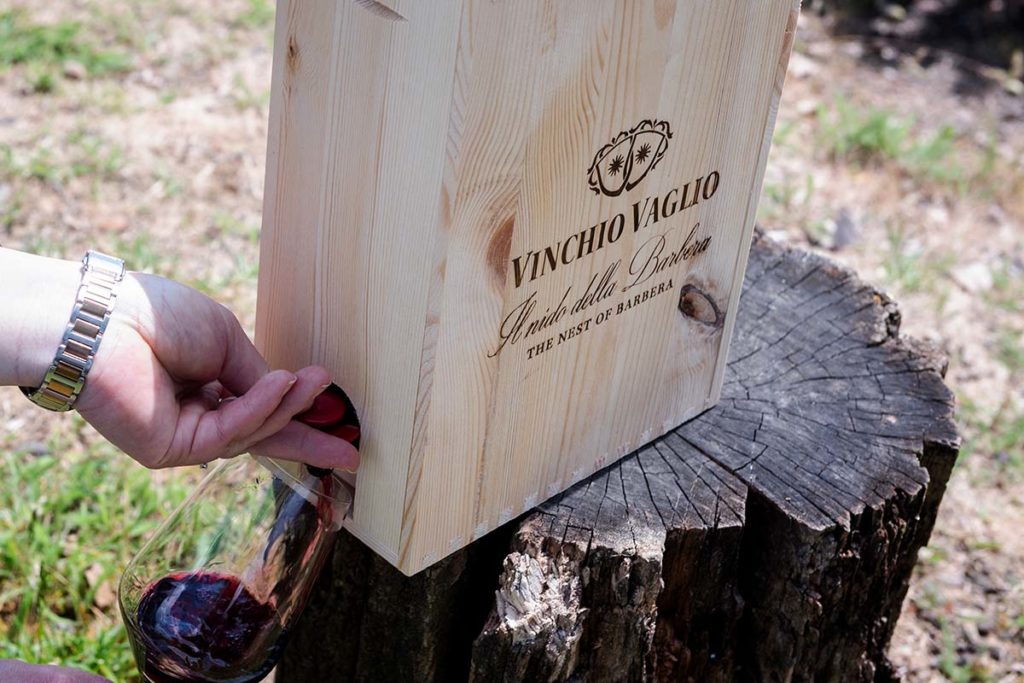

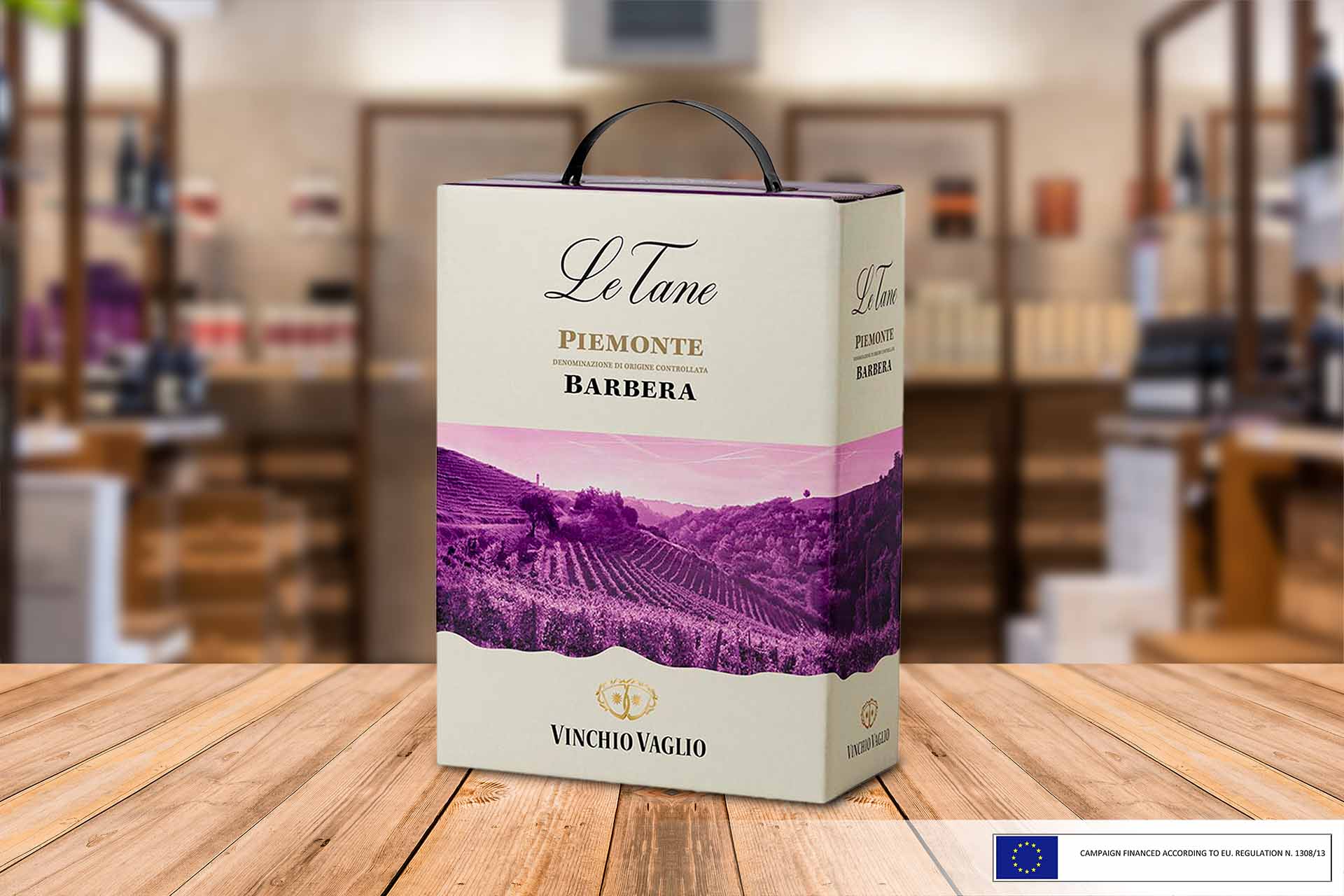
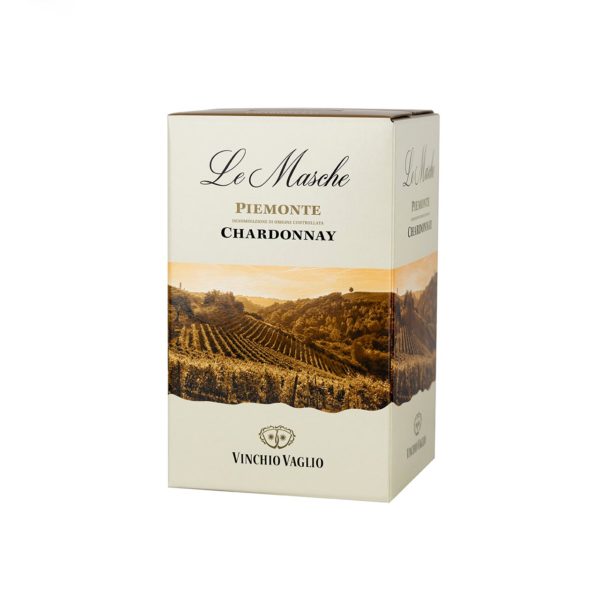
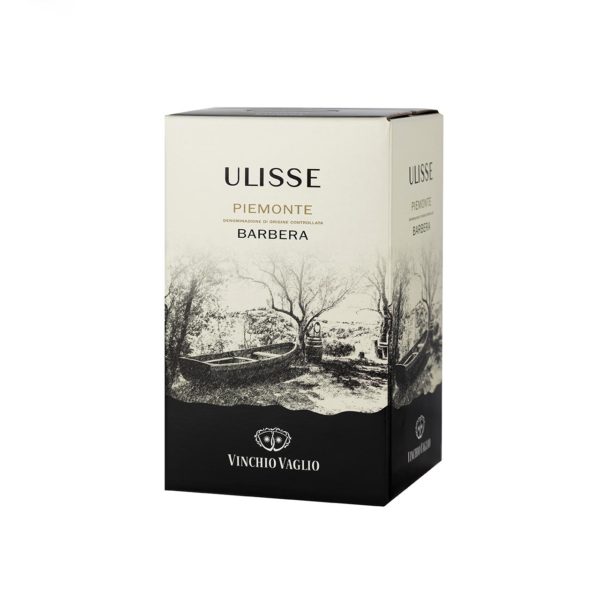
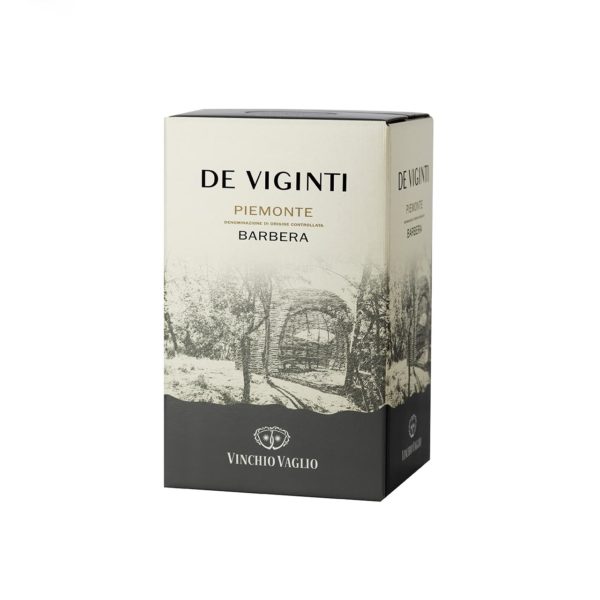
Per anni ho utilizzato le damigiane, poi le taniche da 20 litri. Poi ho scoperto, sul catalogo on-line della Cantina, il BiB. Certo non ha il fascino della bottiglia, il plop dello stappo e l’aroma che se ne sprigiona. Continuo ad acquistare le bottiglie da stappare nelle occasioni di incontro con amici o parenti.
Ma il BiB è comodo, pratico, sempre pronto all’uso, permette di gustare vini di qualità diverse senza preoccuparsi di arrivare al fondo, e sempre come appena imbottigliati o spillati. E’ anche comodo il trasporto ed è molto più facile sistemarlo sugli scaffali della cantina. E volendo, si può spillare e servire in tavola il vino direttamente nella caraffa o nel decanter: il che fa sempre la sua scena. Lo consiglio a tutti gli utilizzatori.